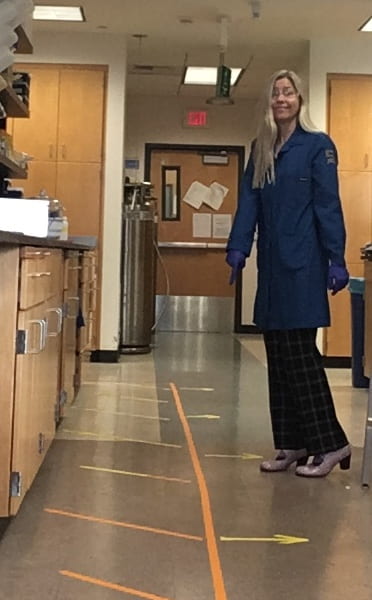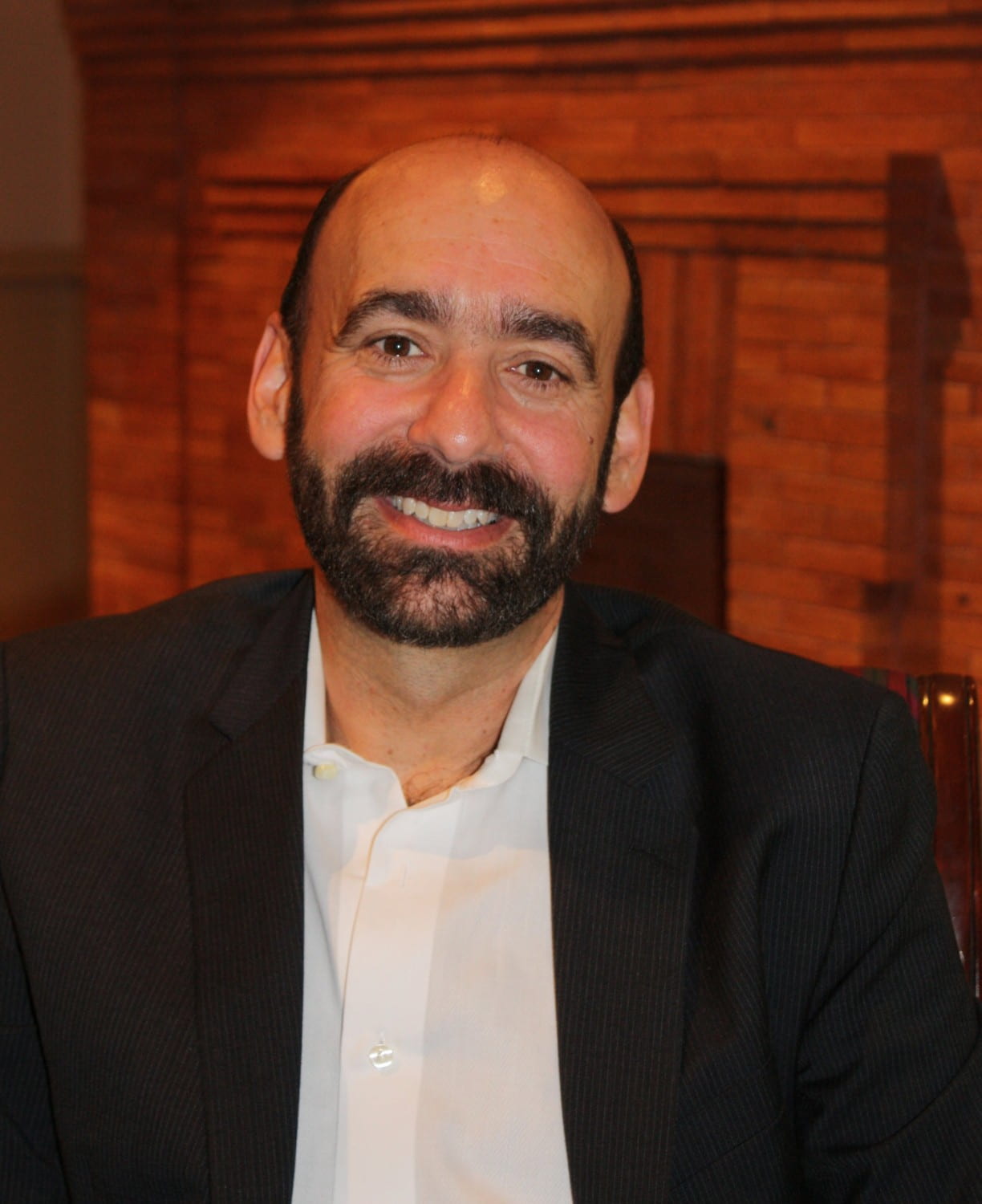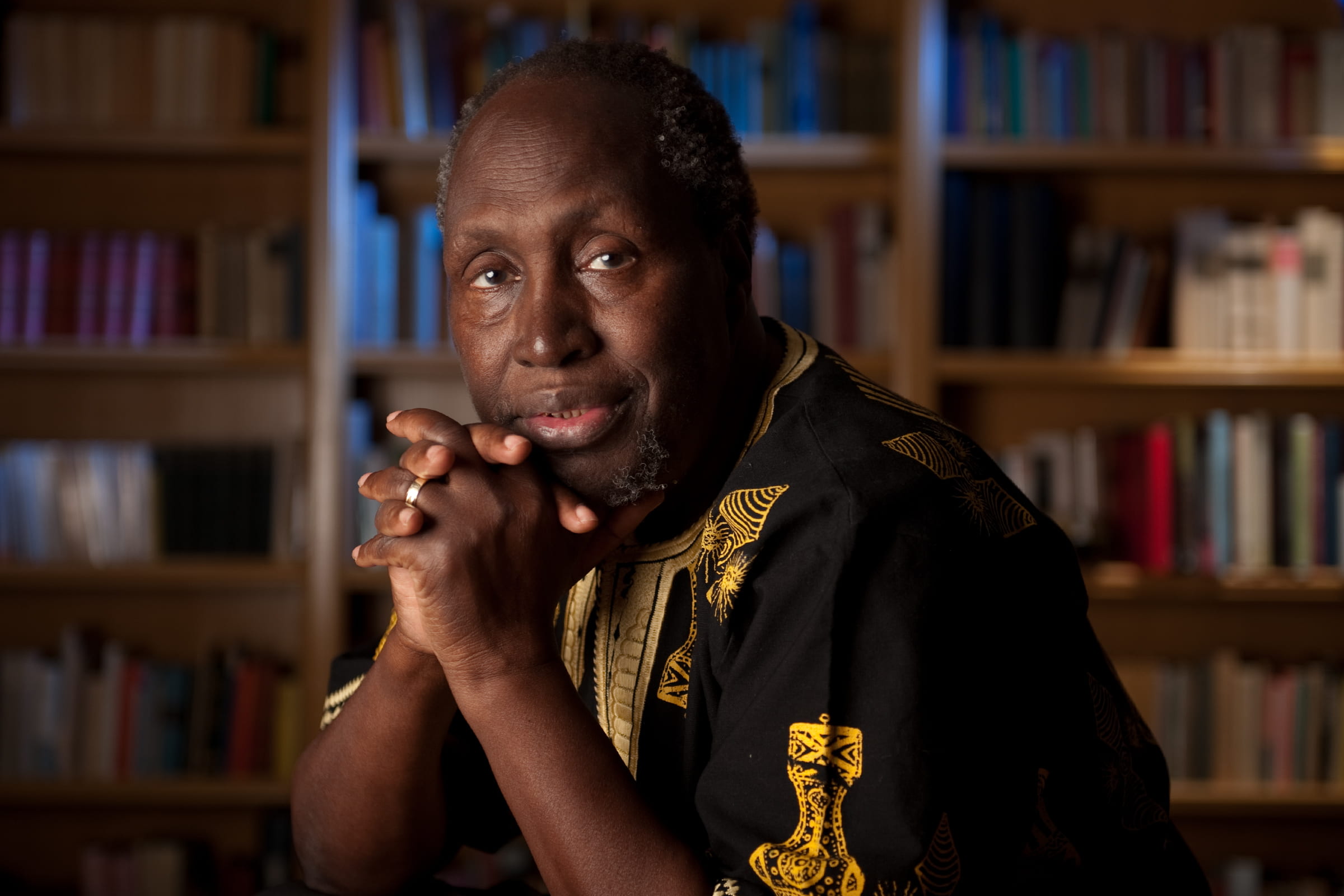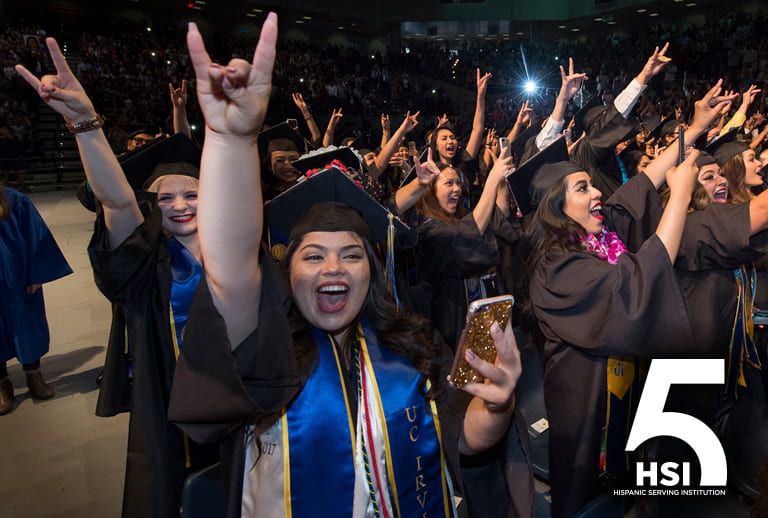Chemistry faculty launch antiviral research project
Scientists combine their diverse skills in collaborative effort to hobble COVID-19

Professor Rachel Martin’s March 13 chemical biology class was the last one she held in person during the 2020 winter quarter. The subject that day was the coronavirus, the very thing that forced her and other UCI faculty to move courses online and start shutting down “nonessential” research projects in their labs.
The session provided an outline of the public health challenges posed by the rapidly spreading COVID-19, which by that time had killed thousands of people in Asia, Europe and the Middle East and was just beginning to strengthen its deadly grip on the U.S. During the sparsely attended class – which was videotaped to allow students to view remotely if they preferred – Martin also discussed some of the measures everyone can take to help slow the proliferation of the dangerous pathogen.

The crux of the presentation was a deep dive into the physical structures of the coronavirus that causes COVID-19 and its relatives, such as the one that spurred the SARS outbreak between 2002 and 2004. Martin has built her career around understanding how proteins function, move and interact with other molecules in living organisms, developing biophysical tools to study them and imparting that knowledge to her students.
“It seems like a million years ago,” she says. “But what struck me after the class was that my students had already spent time learning the technical aspects of what’s going on with this virus, and they possessed the necessary information to grasp how it functions.”
Back home later that day, Martin began the unenviable task of figuring out how to safely turn off lab equipment and redirect the work of the graduate and undergraduate students and postdocs in her research group. Then it dawned on her: She and her students could rely on what they knew about protein chemistry and biology to seek a solution to the COVID-19 problem.
“I quickly became convinced that we could use our knowledge of cysteine proteases and try to come up with inhibitor strategies to block those enzymes from working in the case of this new coronavirus,” Martin says. “That’s one of the approaches that succeeded against another well-known virus, the one behind HIV. This current problem is based on a completely different set of viruses, proteins and receptors, so we would need a new approach, but the basic principles are the same.”
She explains that viruses don’t have many genes, so they need to be very efficient with their resources; that’s why they highjack mammalian cells to do their bidding. A common viral strategy is to express all of their proteins at once in a long string. Then a molecule called a protease comes along and cuts up the chain so the proteins can perform various functions – which ultimately sicken the host mammal.
“While it may not completely stop the virus like a vaccine could, blocking this action of the protease enzyme could be a step toward knocking the virus down and preventing it from causing such dire illnesses,” Martin says.
She was aware that other faculty in UCI’s Department of Chemistry were also having to decommission their research activities, so Martin asked Professor James Nowick – an expert in the application of chemical model systems to understand the structures and interactions of proteins and peptides – if she could use some equipment from his lab.
“Not only did I say yes, but I asked her if there was something my group could do to help out,” Nowick says. “If Rachel’s goal is to create an inhibitor to block the protease enzyme, then my lab could work on developing an assay to see which candidates work best.”

Soon other UCI faculty were recruited to join the effort. Douglas Tobias, professor and chair of the chemistry department, and Carter Butts, professor of sociology, statistics and electrical engineering & computer science, accepted the challenge of applying their expertise in molecular modeling. Chemistry professors Andrew Borovik, Vy Dong, Elizabeth Jarvo and Jennifer Prescher are bringing their skills in chemical synthesis to bear on the project.
“This and future viral pandemic threats are a call to arms for biomedical scientists, doing all sorts of work, to use their talents to help fight this problem,” Nowick says. “We can’t just sit at home and hope that somebody else is going to solve it. We all need to be involved in tackling these issues, which are only going to keep coming back in the future.”
Conducting a study on a virus currently infecting people around the world presents researchers with a particular dilemma. They need to maintain a safe distance from one another in labs just as people do while waiting in line at the grocery store. Martin and her team have used tape to mark workspaces that keep individuals 6½ feet apart, and they follow written procedures on personal protective equipment and the proper handling and passing of tools, containers and other objects in the lab.
Nowick says that UCI is particularly well-suited for this kind of endeavor, with its various centers and institutes; facilities with high-field nuclear magnetic resonance spectroscopy, laser spectroscopy and mass spectrometry capabilities; and School of Medicine for clinical trials.
“In addition, this rapidly evolving initiative is a great example of one of the great strengths of a world-class university: drawing connections between classroom learning and lab research,” he says. “I’ve often seen how classroom instruction leads to ideas that we work on in the lab, so there’s actually a synergy between teaching and research – rather than a competition and a situation where teaching takes away from research.”
Martin’s team members are raring to go. One of them, Jessica Kelz, a recipient of the National Science Foundation’s Graduate Research Fellowship, says: “We live in a really neat time in which even when we’re physically separated, we can still initiate and sustain collaborative work. Bringing together a team of experts in biophysical chemistry, simulations and synthesis, we’ll be better able to develop a creative approach to stopping the virus.”


